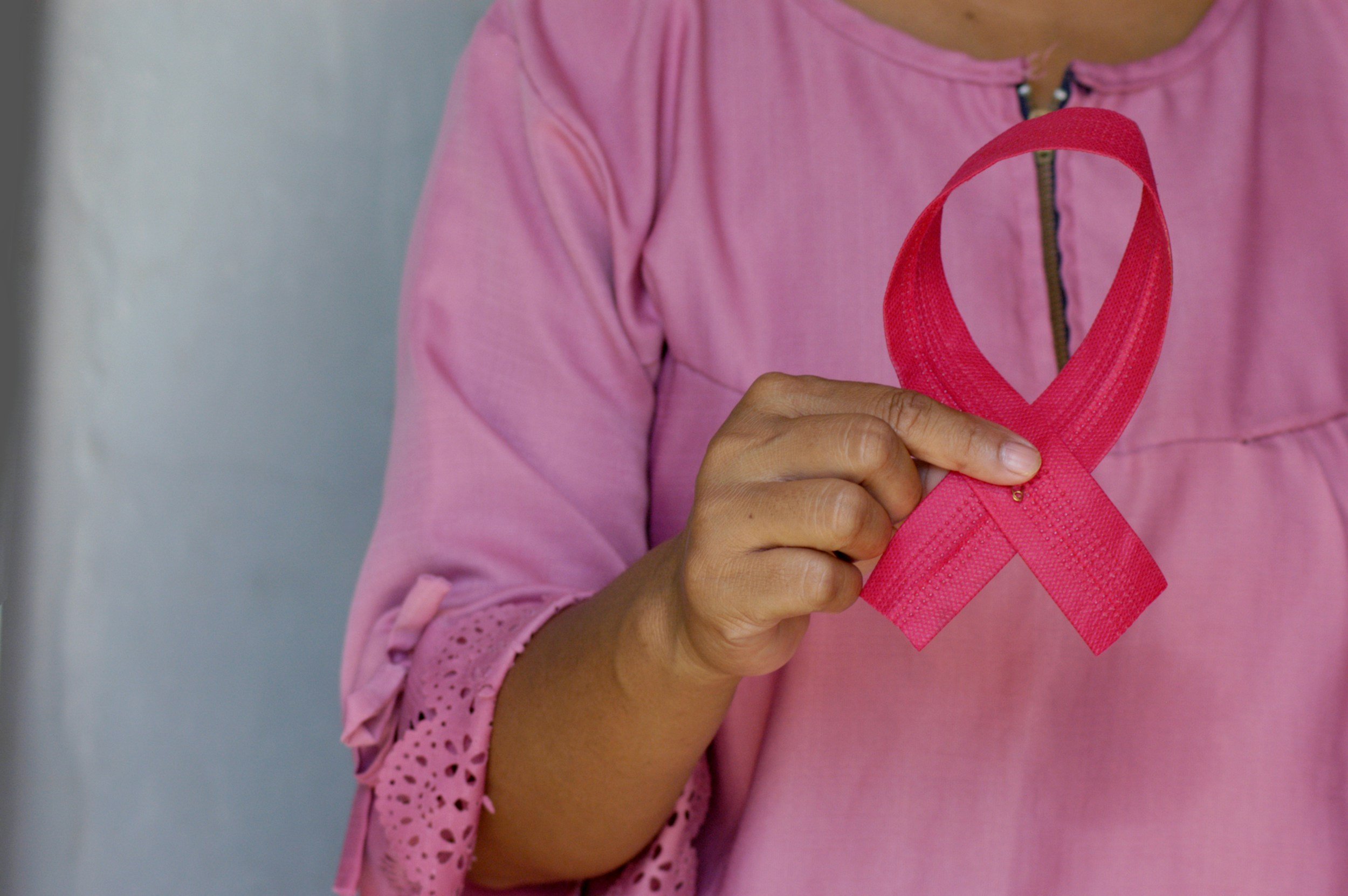
Restoring Confidence, Comfort & Wholeness
At North East Cosmetics, we specialise in medical micropigmentation — restorative tattooing techniques designed to help you feel comfortable and confident again after surgery or treatment.
Whether you’re rebuilding confidence after breast cancer, seeking gender-affirming areola tattooing, or simply wish to enhance the natural size and tone of your areola, every treatment is approached with sensitivity, artistry, and medical precision.

Who We Support
Our areola and nipple restoration services are available for:
Breast cancer survivors following mastectomy or reconstruction
Gender-affirming clients after top surgery
Individuals with scarring, asymmetry, or pigment loss
Clients seeking cosmetic areola enhancement for shape, size, or tone
Each treatment is entirely tailored to your anatomy, skin tone, and personal preferences — creating results that feel natural and authentic to you.
Our Services
3D Areola & Nipple Tattooing
A hyper-realistic technique that creates the illusion of natural areola texture, colour, and projection. Always free if you have had breast cancer.Cosmetic Areola Enhancement
Subtle reshaping or enlargement to balance proportion and symmetry.Scar Relaxing
Gentle needling to blend scars and restore confidence in your appearance. 50% off treatments.Brow Restoration Pre/Post Chemotherapy
Available as part of our Pay With a Smile campaign. 40% off treatments.
Community Partnerships
Our Pay With a Smile campaign provides free areola restoration for breast cancer survivors and reduced-rate treatments for follows pre or post chemotherapy.
We are proud to be developing partnerships with local breast cancer charities and NHS providers to make restorative micropigmentation more accessible throughout the North East.
If you represent a healthcare charity or trust and would like to collaborate, please get in touch — together, we can help more patients feel whole again.
What is Medical Micropigmentation?
Permanent makeup pigments are implanted into the skin to restore/enhance the appearance of the areola and nipple. This medical tattooing treatment works really well on a wide range of clients and is the ideal long term solution to get more confidence in your appearance. We also can increase areola size when considering a change in identity and this treatment is open for the transgender community
Here at North East Cosmetics we offer this treatment free to those who have lost their areola/nipples due to breast cancer through our Pay with a Smile campaign which you can make a donation too if you choose to below. Donations made will go towards funding for our sponsored artist to cover the cost of time, products and equipment so we can offer FREE life changing nipple tattoos to those who have had breast cancer.
If one or both of your nipples were removed when you had a mastectomy, you can in most cases choose to have surgery, tattooing, or both to recreate the nipple and the areola (the dark area around the nipple). Some people find that having their nipples reconstructed or tattooed is an important final step in the breast reconstruction process. Others don’t. The choice is completely up to you, and you can take your time to decide. Plastic surgeons usually recommend waiting at least four months after breast reconstruction surgery to have nipple reconstruction or nipple tattoos. This will give your breasts time to heal and settle into a final position. It’s also best to wait until you’re fully satisfied with the rest of your reconstruction. Rarely, some surgeons may offer the option of performing the nipple reconstruction as part of breast reconstruction surgery (rather than as a separate surgery). This is generally not recommended because it can result in poor positioning of the new nipples.



